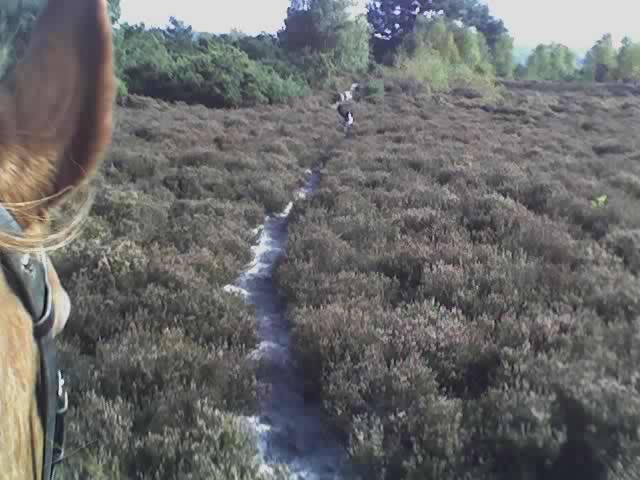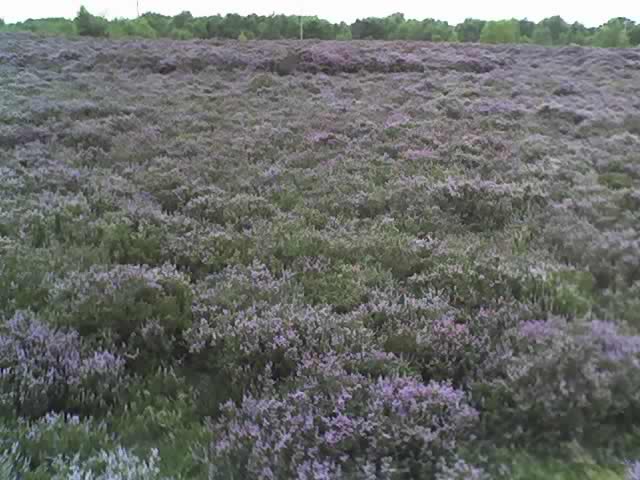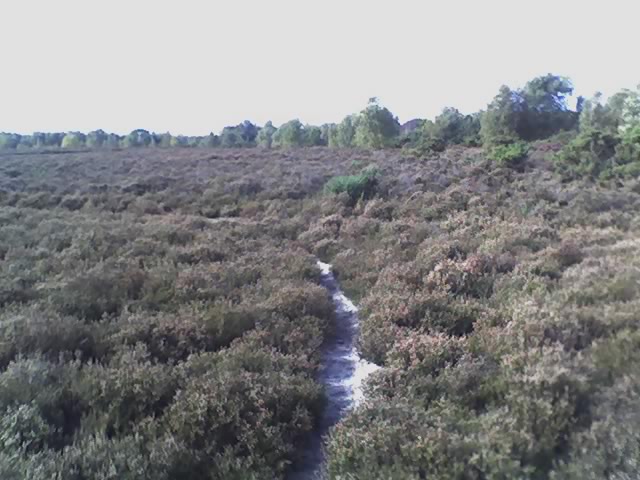The Battle for Broxhead Common

The Case for Hampshire County Council – PART 46
- Through 2012 to 2014, I and others had mounting concerns at the number of applications being made by the Wildlife Trusts to fence common land.
Copy of Lowland commons. & HLS agreements - Under Section 9, 1965 Commons Registration Act, Commons with no known owners were vested with local authorities whose job it was to protect them from adverse possession, encroachment, or unsolicited works etc.
- Various Wildlife Trusts throughout England were making applications to fence a common by falsely stating that the County and/or District, Parish Councils were ‘owners.’
- After objections to the proposed fencing, the matter would proceed to Public Inquiry, but the Planning Inspectors avoided the issue by using a get out clause. Permission was given so long as it did not contravene any other statute, which of course it always must as protection for common land is comprehensively covered by many Acts of Parliament.
- So, it was left to interested parties to object and appeal. Democracy now had a price it seemed. A payment when objecting at Public Inquiry while the officials used the public’s money for same!
- The reason given for fencing was that the commons could then be grazed to keep the vegetation in check, even though here in the south many of the commons were sandy heaths not suitable for this type of management, unlike the grassy fells and dales of northern England. Fencing in the land ultimately takes away its protection because once enclosed who is to know that it is not private land? Also, in law it must be open and accessible from any point of view.
- Finally, the openness of the landscape would forever be lost and how much construction work could then creep in on the boundaries?


Next time: Around and around we go.
